Blog
-
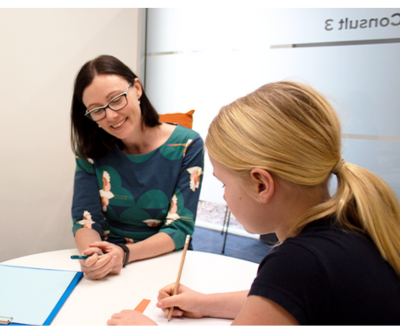 Psychological assessments for learning difficultiesIf you’re concerned about your child’s learning, you may be considering a psychological assessment (a psychoeducational assessment). Working...
Psychological assessments for learning difficultiesIf you’re concerned about your child’s learning, you may be considering a psychological assessment (a psychoeducational assessment). Working... -
 Abbey's visit to Chiang Mai, ThailandSPELD SA’s book donation helps students with learning difficulties in Thailand, thanks to Council Member,...
Abbey's visit to Chiang Mai, ThailandSPELD SA’s book donation helps students with learning difficulties in Thailand, thanks to Council Member,... -
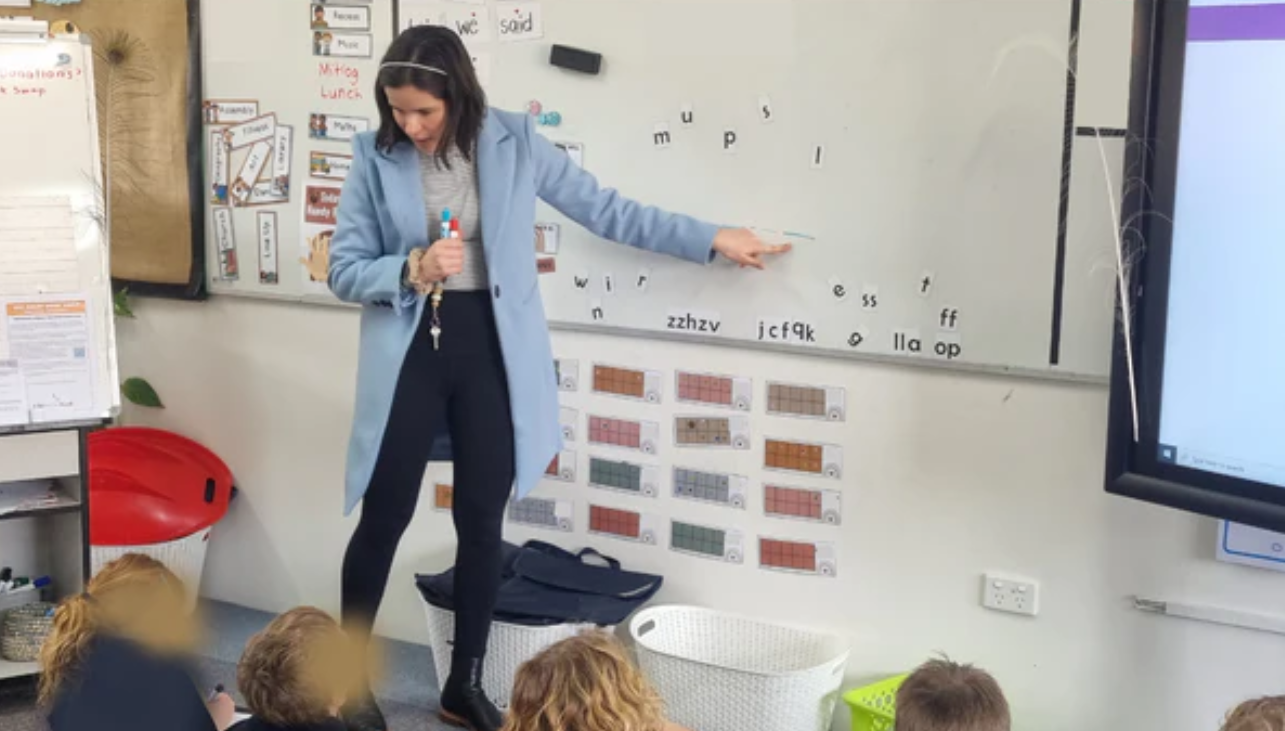 Phonics program making an early impactPic above: Maddi Peacock running a Sounds-Write phonics session at St Josephs One of our...
Phonics program making an early impactPic above: Maddi Peacock running a Sounds-Write phonics session at St Josephs One of our... -
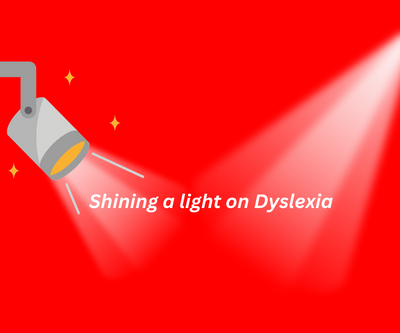 Shining a light on DyslexiaDyslexia Awareness Month We have set the stage at SPELD SA to encourage those who...
Shining a light on DyslexiaDyslexia Awareness Month We have set the stage at SPELD SA to encourage those who... -
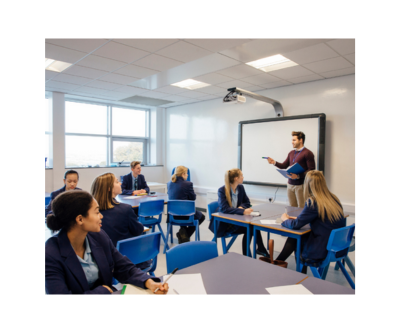 Seven Factors for Success for Adults with DyslexiaFor many people living with dyslexia their learning disability goes hand in hand with low...
Seven Factors for Success for Adults with DyslexiaFor many people living with dyslexia their learning disability goes hand in hand with low... -
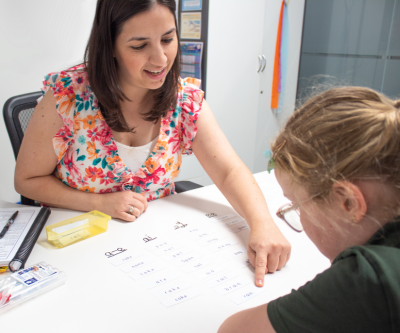 Evidence based reading interventionEvidence based reading intervention Research shows that Structured Synthetic Phonics programs provide the most effective...
Evidence based reading interventionEvidence based reading intervention Research shows that Structured Synthetic Phonics programs provide the most effective... -
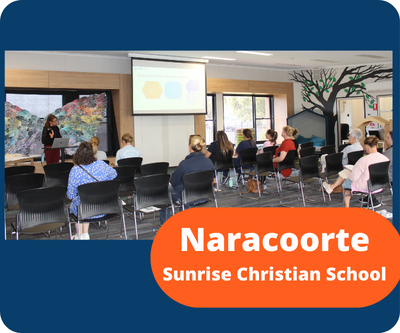 Helping Parents in Regional Areas Understand Reading DifficultiesEvery year we visit regional communities to present our FREE workshop Understanding Reading Difficulties – why...
Helping Parents in Regional Areas Understand Reading DifficultiesEvery year we visit regional communities to present our FREE workshop Understanding Reading Difficulties – why... -
 "These kids look just like me!"In a school south of the state, Barbara teaches many students in her EALD (English...
"These kids look just like me!"In a school south of the state, Barbara teaches many students in her EALD (English... -
 I'm concerned about my child's academic progress at school. What can I do?I’m concerned about my child’s academic progress at school. What can I do? We offer...
I'm concerned about my child's academic progress at school. What can I do?I’m concerned about my child’s academic progress at school. What can I do? We offer... -
 Which well known illustrator created Sant the Ant?Did you know that the person who illustrated Sant the Ant was the same person...
Which well known illustrator created Sant the Ant?Did you know that the person who illustrated Sant the Ant was the same person... -
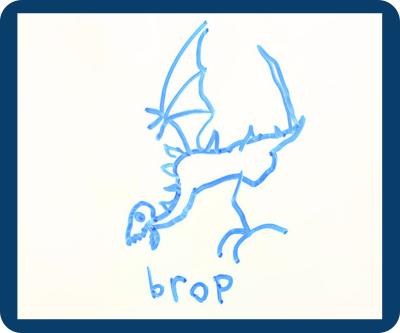 Nonsense Monsters - why use nonsense words when teaching literacy?What's all this nonsense about nonsense words in teaching literacy?.. and what does it have...
Nonsense Monsters - why use nonsense words when teaching literacy?What's all this nonsense about nonsense words in teaching literacy?.. and what does it have...











